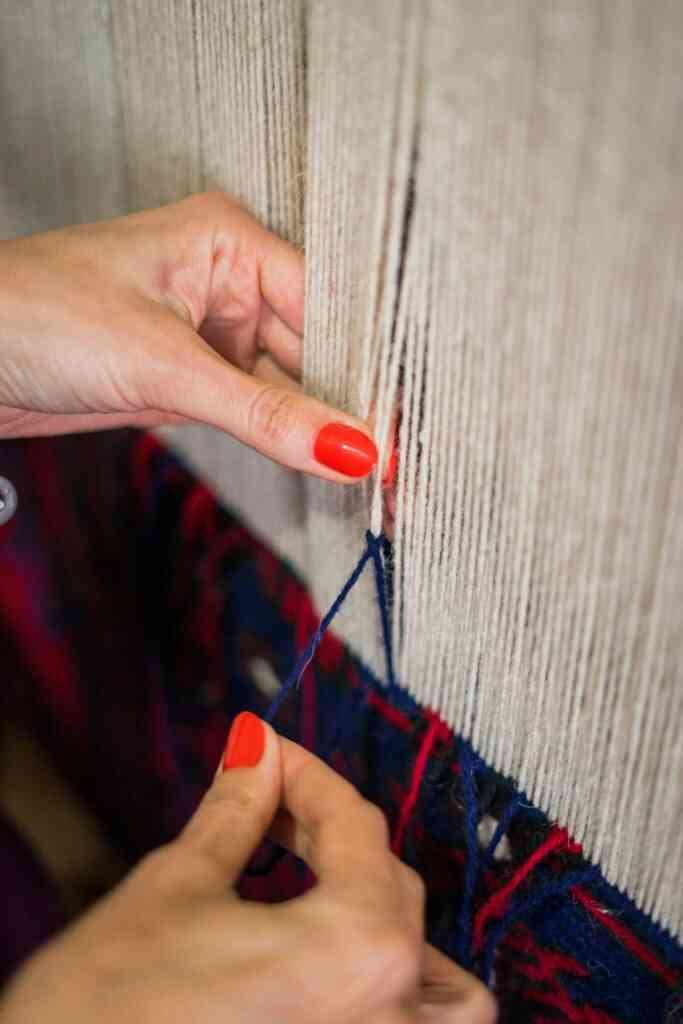Tracing the Threads of History: The Evolution of Fashion Through Time
An Epic Saga of Style, Culture, and Identity
Fashion, an intricate tapestry woven from the threads of history, culture, and identity, has evolved dramatically throughout time, reflecting the ever-changing tapestry of human civilization. From the prehistoric era’s animal skins to the haute couture of modern times, the story of fashion is a captivating journey that reveals the aspirations, values, and social dynamics of humanity.
The Dawn of Fashion: Practicality and Adornment
In the early days of human history, fashion held a purely practical purpose, serving as protection against the elements and facilitating daily activities. As societies evolved, clothing took on additional significance, becoming a means of self-expression, social status, and cultural identity.
Prehistoric Era: Animal Skins and Simple Garments
The earliest evidence of clothing dates back to the prehistoric era, where animal skins provided warmth and protection. These rudimentary garments were often adorned with bones, shells, and beads, hinting at the emergence of aesthetics and personal ornamentation.
Ancient Civilizations: Drapery and Tailoring
In ancient civilizations, such as Egypt, Greece, and Rome, fashion took on a more sophisticated form. Drapery, the art of wrapping and securing fabric around the body, became a defining feature of ancient attire. Tailoring techniques also emerged, allowing for more intricate and form-fitting garments.
The Middle Ages: Symbolism and Sumptuary Laws
The Middle Ages witnessed a proliferation of symbolism and sumptuary laws, which dictated the types of clothing that people of different social classes could wear. Elaborate garments adorned with rich fabrics, intricate embroidery, and fur trimmings denoted wealth and status. Sumptuary laws aimed to maintain social hierarchy and prevent the lower classes from imitating the attire of their superiors.
The Renaissance: A Burst of Creativity and Individuality
The Renaissance period marked a turning point in fashion history. The rise of individualism and the rediscovery of classical art and culture led to a burst of creativity and experimentation in clothing. Tailoring became more sophisticated, resulting in garments that emphasized the natural shape of the body. Women’s gowns featured elaborate bodices and full skirts, while men’s suits showcased tailored doublets and hose.
The 18th Century: Elegance and Refinement
The 18th century witnessed a shift towards elegance and refinement in fashion. Women’s gowns became more elaborate, featuring voluminous panniers and elaborate ornamentation. Men’s suits adopted a more formal style, characterized by fitted coats, waistcoats, and breeches. Pastel colors and intricate fabrics, such as silk and lace, were highly prized.
The 19th Century: Industrial Revolution and Mass Production
The Industrial Revolution brought about profound changes in the fashion industry. Mass production techniques made clothing more affordable and accessible to the masses. New technologies, such as the sewing machine, facilitated the creation of more elaborate and intricate garments. The rise of the middle class led to a greater demand for fashionable clothing, resulting in the emergence of department stores and fashion magazines.
The 20th Century: A Kaleidoscope of Style and Diversity
The 20th century witnessed a kaleidoscope of fashion trends, reflecting the rapidly changing social, political, and cultural landscape. From the flappers of the 1920s to the mini-skirts of the 1960s, fashion became a powerful means of self-expression and rebellion. Designers such as Coco Chanel, Christian Dior, and Yves Saint Laurent revolutionized the industry with their iconic designs.
The 21st Century: Globalization and Sustainable Fashion
In the 21st century, fashion has become a truly global phenomenon, thanks to the rise of the internet and fast fashion. Trends spread rapidly across borders, and consumers have access to a wider variety of clothing options than ever before. At the same time, there is a growing awareness of the environmental and social impact of the fashion industry, leading to the emergence of sustainable fashion practices and ethical brands.
The Fabric of Our Lives: Fashion’s Enduring Legacy
The evolution of fashion is a testament to the enduring human desire for beauty, self-expression, and connection. From the simple garments of our ancestors to the haute couture of today, clothing has played a vital role in shaping our identities, communicating our values, and reflecting the ever-changing tapestry of human history.
As we continue to navigate the ever-evolving landscape of fashion, it is important to appreciate the rich heritage and cultural significance of our clothing choices. Whether you prefer classic elegance, bohemian chic, or avant-garde styles, fashion is a powerful tool that allows us to express our individuality and connect with the world around us.
Explore the World of Fashion with Us!
At [Your Fashion Blog], we are passionate about uncovering the stories behind the clothes we wear. Join us on a journey through time as we delve into the fascinating history of fashion, discover the latest trends, and showcase the work of talented designers. Subscribe to our newsletter and follow us on social media to stay up-to-date on the latest fashion news and trends.
